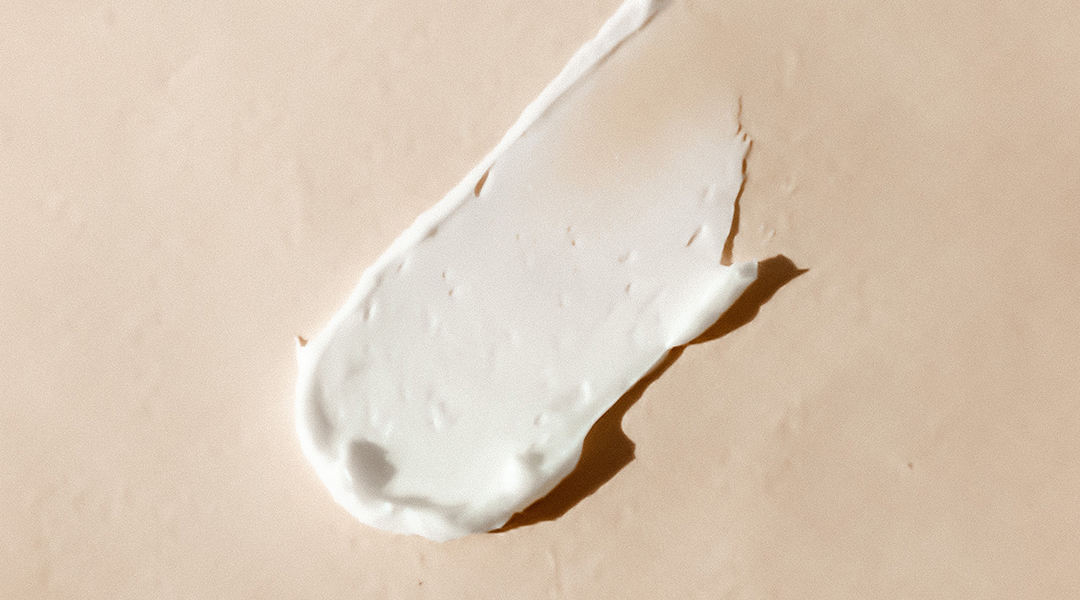Cyanobacteria, often referred to as blue-green algae, are among the oldest known organisms on Earth, with fossil records indicating they were on the planet 3.5 billion years ago, and today can be found in extreme environments such as deserts, highlands, salt lakes, and hot springs.
Beyond their ability to adapt, cyanobacteria are valuable microorganisms for a range of biotech applications, garnering active research and development in energy, environment, nutrition, medicine, and even cosmetics.
In particular, for cosmetics development cyanobacteria produce molecules that absorb ultraviolet (UV) light and could potentially be applied into sunscreens. This is why Hakuto Kageyama, a professor in the Department of Chemistry in the Faculty of Science and Technology at Meijo University in Japan, and his research team decided to study a special cyanobacteria found in Japan called Aphanothece sacrum, or A. sacrum for short, in a search for novel UV-absorbing molecules.
The team found that A. sacrum produces two compounds known as saclipin A and saclipin B that not only absorb UV light, but possess potential antioxidant and “anti-age” activities, making them desirable for further exploration in cosmetics and pharmaceuticals.
“This cyanobacterial strain is special to Japan,” said Kageyama. “A. sacrum has only been confirmed to grow naturally in parts of the Kyushu region, and its habitat has been narrowing year by year, with the only remaining natural habitat being the Koganegawa River in Asakura City, Fukuoka Prefecture.
“A. sacrum has been distributed as a luxury food ingredient in the Kyushu region for a long time, but it is currently on the verge of extinction. If academic and industrial value can be found in this cyanobacterial strain, we hope that conservation efforts will become more active.”
UV blocking and anti-aging activity
At the start, Kageyama’s team was generally searching for UV-absorbing compounds normally found in many strains of cyanobacteria known as mycosporin-like amino acids. “We have been researching mycosporin-like amino acids for many years,” he said. “Such substances can be expected to be used as naturally derived cosmetic raw materials for applications, such as sunscreen agents.”
“The reason why we chose the A. sacrum strain as our research subject this time is because it was not yet known whether this strain produces UV-absorbing substances like mycosporin-like amino acids,” he added.
But to their surprise, when they analyzed the chemical structures of the UV-absorbing molecules purified from A. sacrum, they found they were completely different structures which the team identified as two molecules: saclipins A and B.
Since other UV-absorbing molecules found in cyanobacteria, namely the mycosporin-like amino acids, also have antioxidant and anti-aging activities, the scientists were curious to see if the saclipins boasted similar activity.
To test their antioxidant properties, they measured their ability to “consume” free radicals. Free radicals are unstable molecules that cause damage to cells, and antioxidants help neutralize or counteract their harmful effects. They are produced naturally during the body’s metabolic processes or can result from external sources, such as pollution, UV radiation, and smoking.
The saclipins were each added to a colored solution that contained free radicals, the color of which changes when the free radicals are consumed. By measuring this change over time, scientists can determine the radical scavenging activity of a particular compound.
They found that saclipin B had a greater activity than saclipin A, and both were slow acting compared to the commonly used antioxidants, ascorbic acid and trolox.
To measure the anti-aging capabilities of the saclipins, Kageyama’s team investigated their ability to slow down a process called glycation, which happens when sugars attach to proteins in our skin, like collagen or elastin, making them stiff and less flexible, and contributing to signs of aging.
After performing the test in the lab, the team identified that saclipin A inhibited glycation in a comparable way to that of aminoguanidine, a well-known glycation inhibitor, and saclipin B activity was slightly weaker but still significant. The results clarified that saclipins exhibit potential as starting points for future anti-aging compounds.
A future in cosmetics
“I envision the use of saclipins as a compounding agent in daily sunscreens with anti-aging activity,” said Kageyama. “Compared to strong antioxidants that only act momentarily, saclipins, which are less active but long-lasting, can constantly suppress skin aging. ”
Biocompatibility tests also demonstrated their initial safety, and the team indicated that due to their insolubility in water, they might make for effective emulsions, a formulation used widely in the beauty industry to help beneficial chemicals penetrate the skin barrier.
“Since fat-soluble substances can easily penetrate the skin surface, it may be possible to create cosmetics with a different composition from water-soluble UV-absorbing substances, such as MAAs,” said Kageyama.
Kageyama said that his team is looking to collaborate with organizations interested in studying the addition of these saclipins to cosmetics. “Since it is a natural material that has been used as a food in Japan for a long time, it will be easier for people to use,” he said.
Reference: Yoshie Uchida, et. al., Identification of Desiccation Stress-Inducible Antioxidative and Antiglycative Ultraviolet-Absorbing Oxylipins, Saclipin A and Saclipin B, in an Edible Cyanobacterium Aphanothece sacrum, Journal of Agricultural and Food Chemistry (2023). DOI: 10.1021/acs.jafc.3c05152
Feature image credit: Kelsey Curtis on Unsplash

















